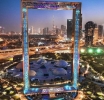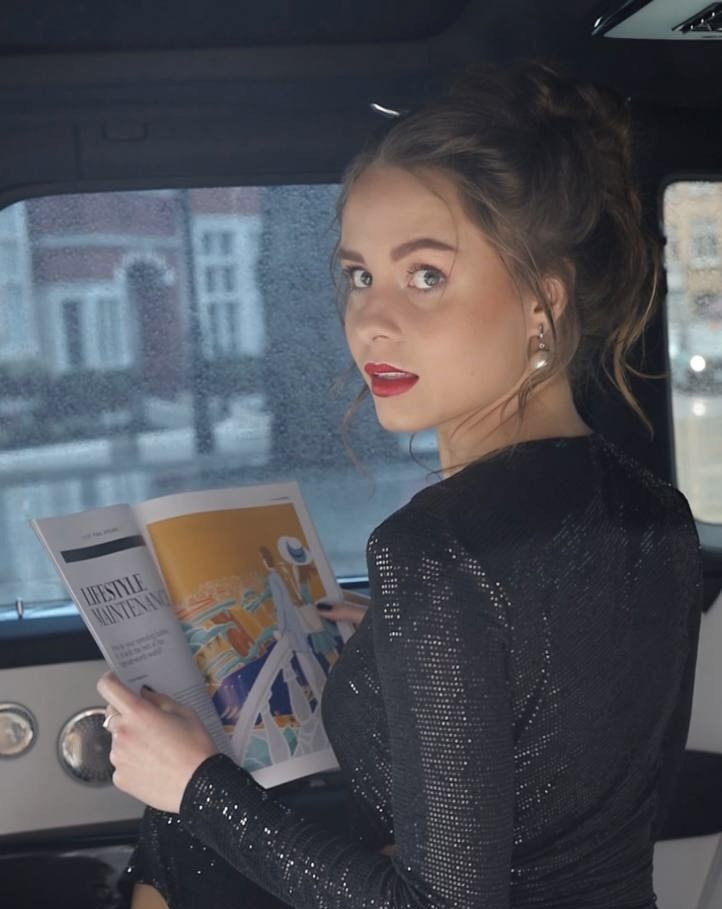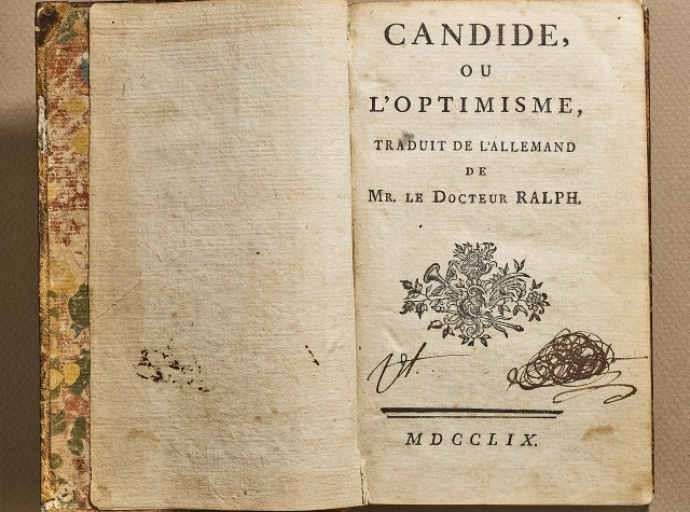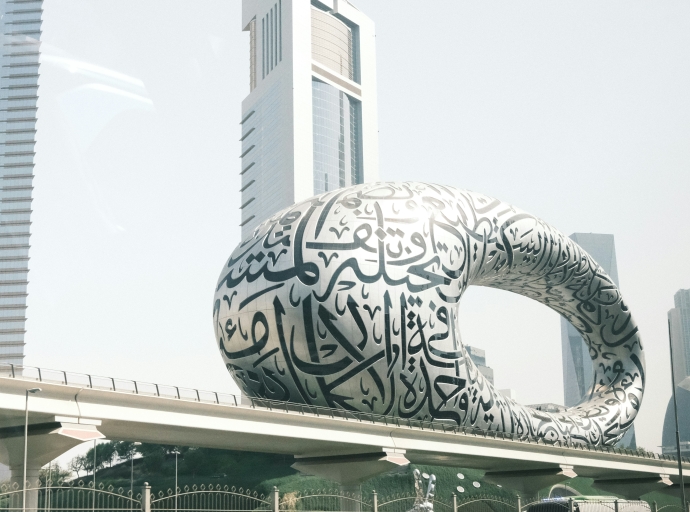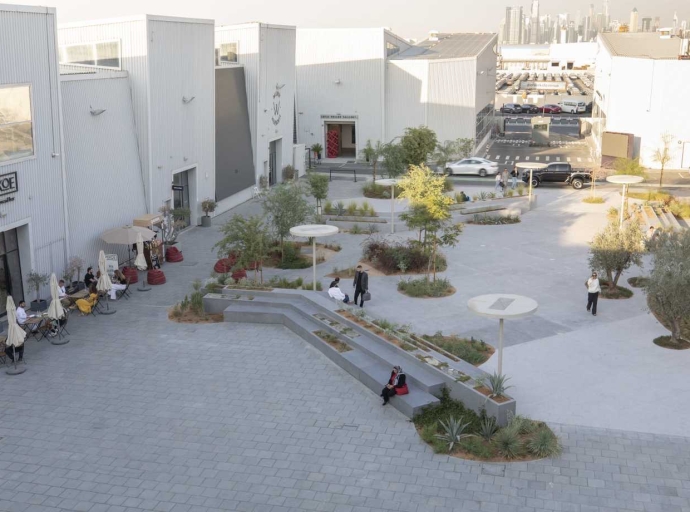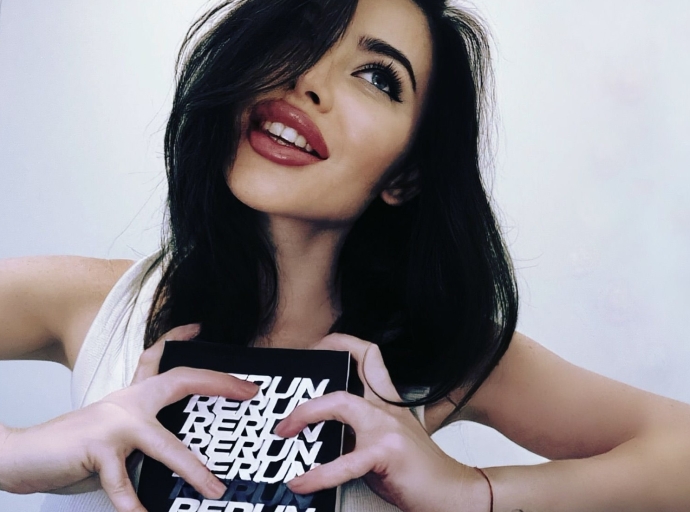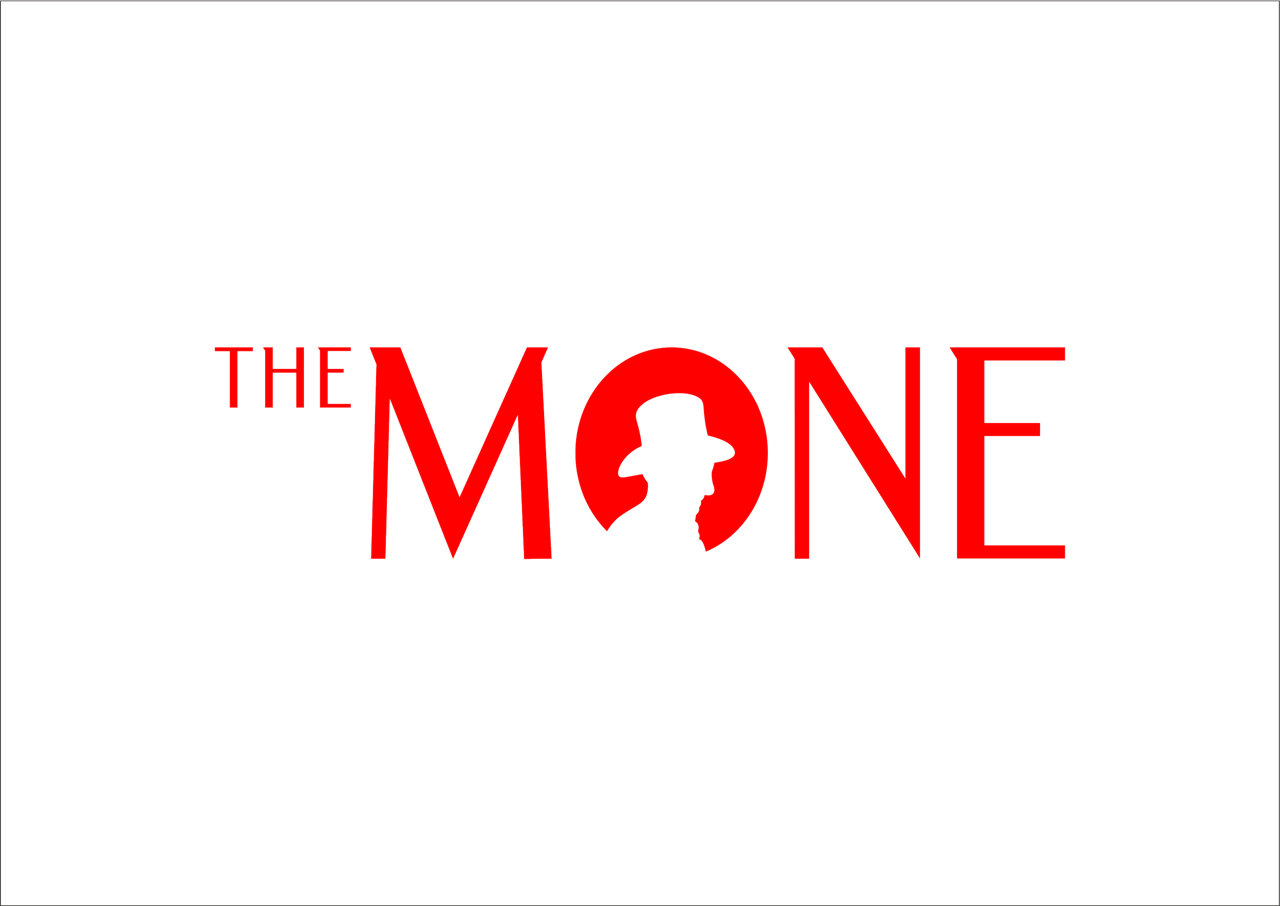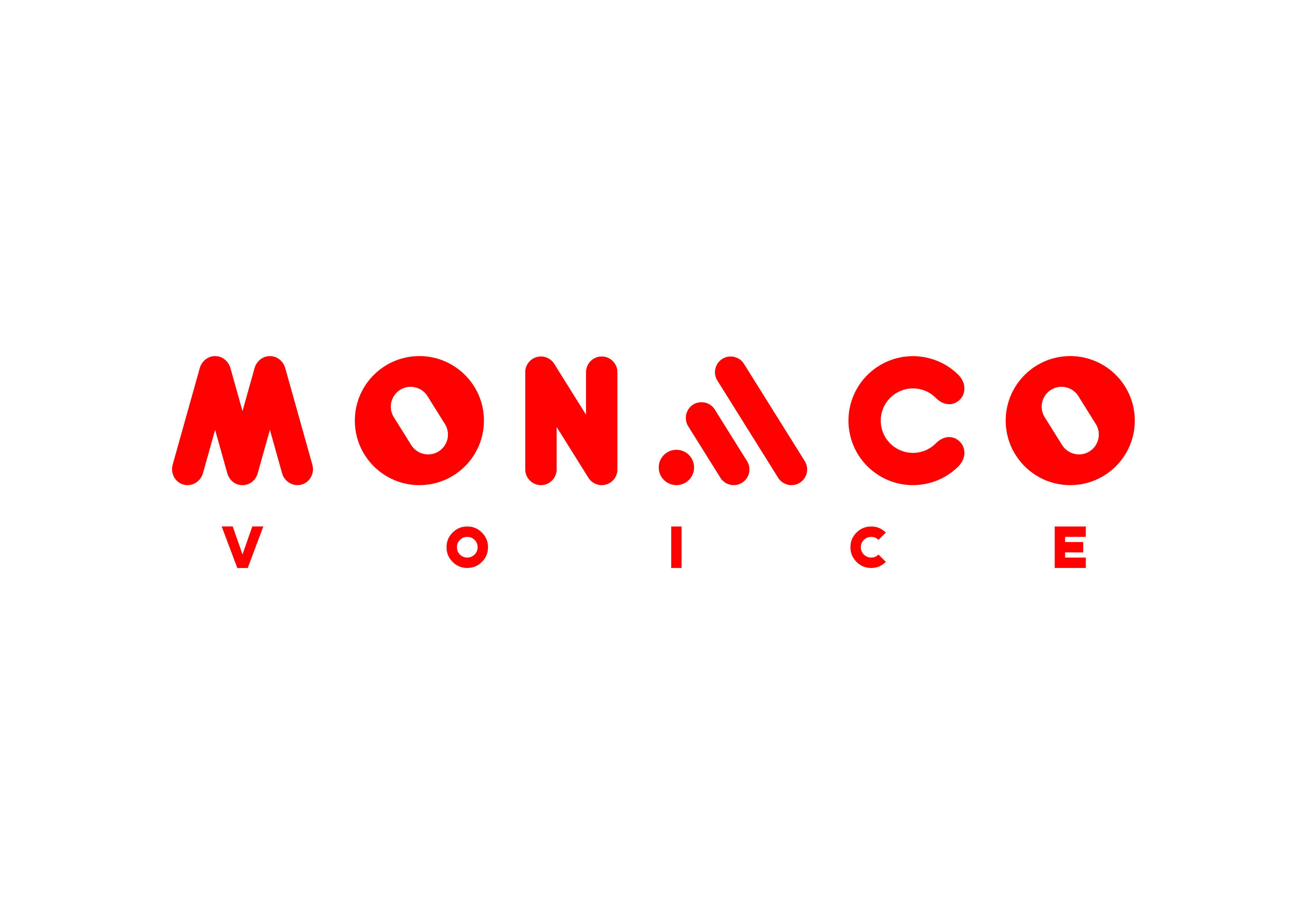Literary Salon: Book Club column that savors classic works which illuminate history’s lessons while inspiring Dubai’s & World's forward-thinking ethos, curated by actress Vladyslava Garkusha.
Today, we explore Voltaire’s Candide (1759), a piercing satire that dismantles blind optimism with incisive wit. This Enlightenment masterpiece, sharp and timeless, resonates with Dubai’s fusion of historical pragmatism and innovative ambition, offering our book club a lens to reflect on progress in a city that turns vision into reality.
The Piercing Wit of Candide
Published in 1759, Voltaire’s Candide traces the young protagonist’s odyssey through disasters—earthquakes, wars, and the illusory utopia of El Dorado—each undermining his tutor Pangloss’s doctrine that “all is for the best in the best of all possible worlds.” Voltaire’s crisp prose delivers lines like, “If this is the best of possible worlds, what are the others like?” By concluding with Candide’s resolve to “cultivate our garden,” the novel champions practical effort over passive hope, a message enduring for its intellectual clarity. Its satirical edge and philosophical depth cement its status as a cornerstone of Western literature, inviting readers to shape their futures with intention.
Historical Context: The Enlightenment’s Rational Surge
Candide emerged during the Enlightenment, when European thinkers championed reason and reform. The 1755 Lisbon earthquake, which killed an estimated 30,000–50,000 people, fueled Voltaire’s critique of unwarranted optimism. Global trade routes, connecting Europe to the Arabian Gulf, fostered idea exchange, mirroring Dubai’s role as a 19th-century trading hub along the Creek. This shared spirit of pragmatism links the Enlightenment’s intellectual drive to Dubai’s historical foundations.
Dubai’s Vision: A Sustainable Garden
Candide’s call to “cultivate our garden” finds a parallel in Dubai’s Sustainable City, a net-zero energy community launched in 2015 by Diamond Developers. With 500 villas powered by 10 megawatts of solar panels, it reduces energy consumption—and thus carbon emissions—by approximately 50% compared to traditional urban models. Its recycled water systems and urban farms embody Voltaire’s emphasis on practical progress, blending environmental stewardship with urban innovation. In a city that transformed from a trading port to a global metropolis, the Sustainable City reflects Dubai’s commitment to a future balancing ambition and responsibility.
Photo credits: New York Public Library.



